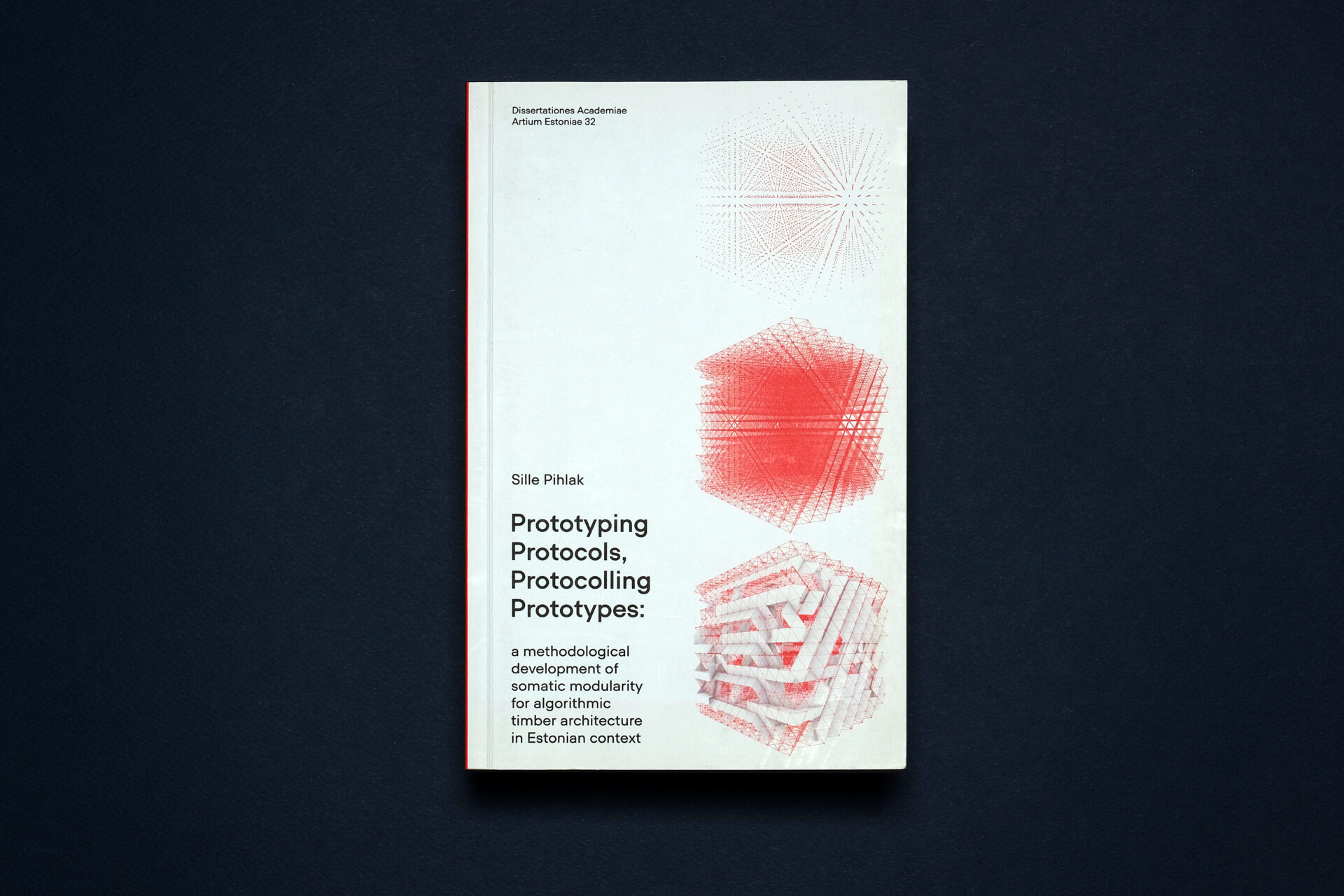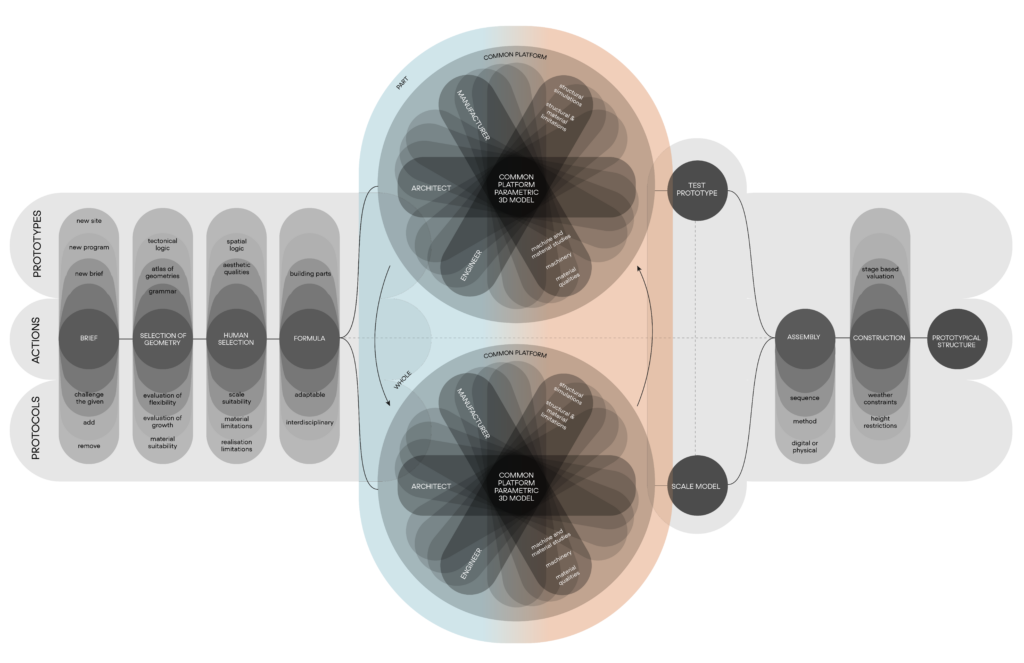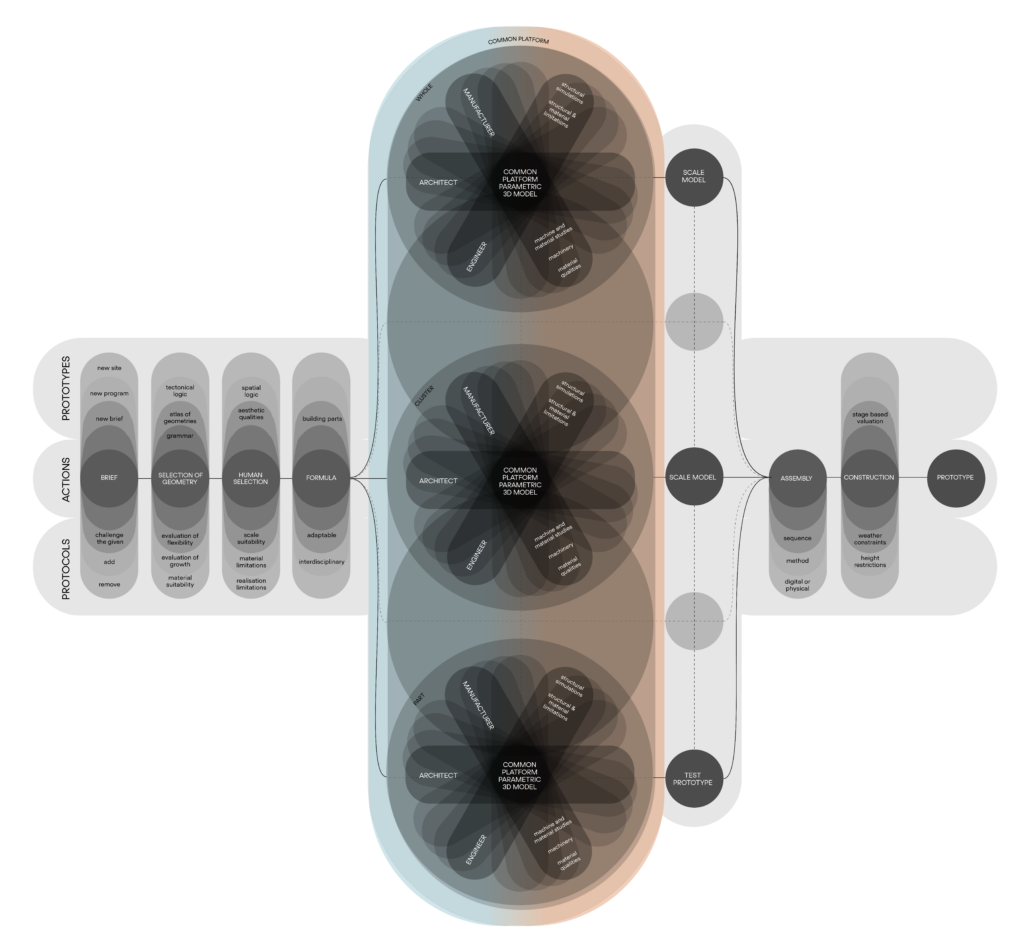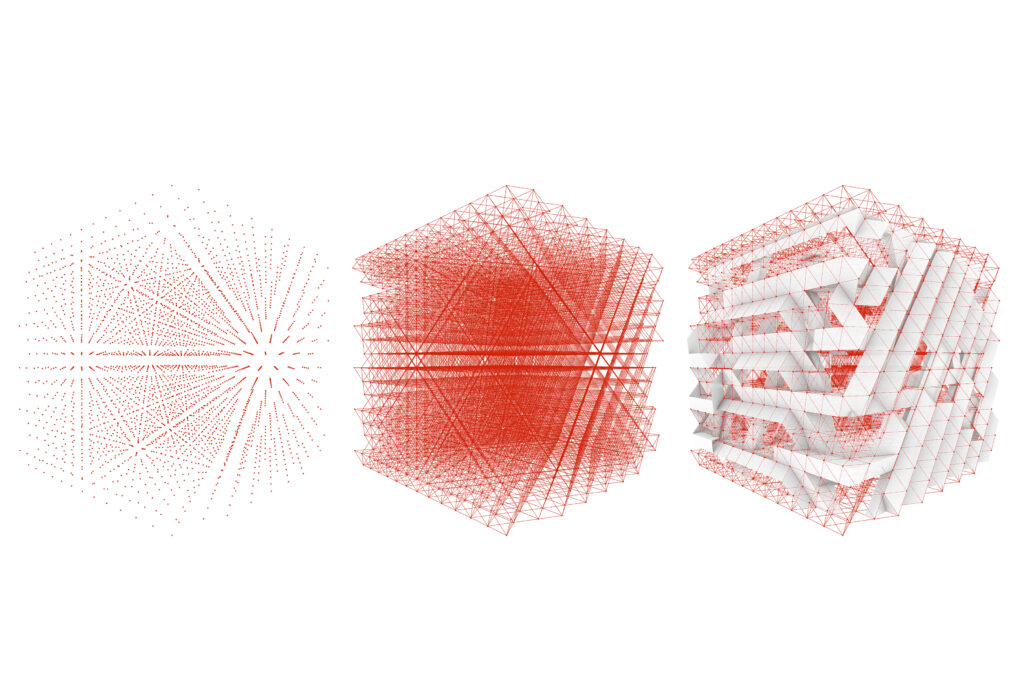As an architect and researcher, Pihlak explores two mutually complementary and intertwined aspects. On the one hand, the possibilities developing in the course of the creative process and becoming visible through analysis (logical sequences in the design process, the possibilities that are opened from the creative process explored as a modular system in inspiring and implementing cooperation and co-authoring, the architectonic consistency and clarity in striving for the design output), on the other hand, the applicability of the system stemming from the self-same modularity so-to-speak outside – on the social level. By combining the “prototype-protocol” model into a unified system, the research not only refers to new progressive (including environmentally sustainable) possibilities in realising an architectural idea in production (timber architecture) but also in communication with the client, consumer and user.
Jüri Kermik, The supervisor of the thesis, extract from the written evaluation
WHAT?
Developed in the course of the practice-based thesis, the methodology of somatic modularity allows to integrate protocols and prototypes into one system thus creating a comprehensive architectural body. The research explores the dynamic relationship between the set of design parameters (protocols) used in the architect’s work and the respective standard solutions (prototypes) created. The thesis deals with the integration of sustainable design into construction industry, the automation of the production chain of a building and the relations between the detail and the general form.
WHAT DO WE GET?
The method of somatic modularity allows us to design heterogeneous flexible spaces and tectonics. On the one hand, somatic modularity is one possible approach to relatable scale architecture that implements the method of variable scale modularity for creating scalable and articulated (urban) space. On the other hand, the somatic method helps to create a comprehensive spatial design system with all the scalar components – from stairs to wall panels – forming a holistic architectural body simplifying the readability and comprehensibility of a building. By acknowledging the impact of automated tools on design, I set the goal of finding out what happens in the inner layers of the building where the tectonic decisions come to change also the archetypal parts of the building.
WHY?
For nearly 90 years, the Estonian construction industry has been neither sustainable nor automated. Thanks to the algorithmic workflow, we now have the possibility to bring renewable building materials back to the design chain in order to create sustainable spatial culture. I find that the small constructions completed in the course or as a result of the cooperation flows between architects, engineers and manufacturers have several common features that increases the potential of timber architecture also in large-scale construction projects.
HOW?
The mapped workflows help to bring order to the chaotic creative process and support construction with complex geometries and organic materials. The doctoral thesis is largely based on my creative practise at architecture office PART featuring how the somatic modularity method was developed in the course of identifying and systematising the algorithmic workflow in timber architecture.
Sille Pihlak

















































































































































































































